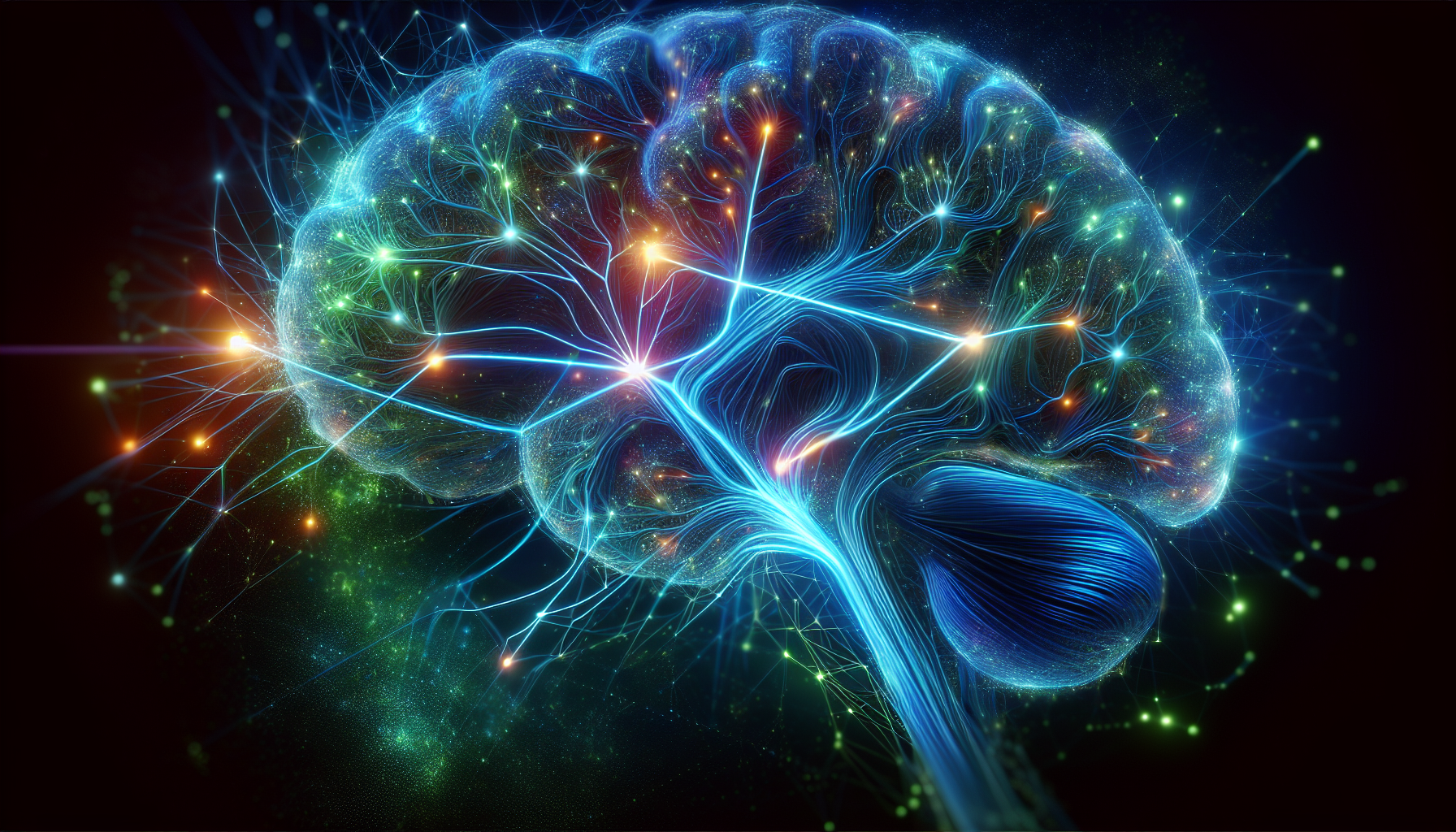In recent years, the concept of neuroplasticity has gained significant attention in modern psychology, offering a fresh perspective on personal development and mental well-being. Neuroplasticity refers to the brain's remarkable ability to reorganize and form new neural connections throughout an individual's life. This adaptability challenges the long-held belief that the brain's structure is fixed after early childhood. Instead, it suggests that our experiences, learning, and even intentional practices can reshape our brain's architecture, leading to enhanced cognitive functions and emotional resilience. For instance, engaging in regular mindfulness meditation has been shown to increase gray matter density in areas associated with memory, self-awareness, and empathy. This means that by adopting certain habits or learning new skills, we can literally change the way our brains function, fostering personal growth and mental well-being.
The implications of neuroplasticity extend beyond individual development, influencing therapeutic approaches and rehabilitation strategies. In the realm of mental health, understanding neuroplasticity has paved the way for innovative treatments for conditions such as depression, anxiety, and post-traumatic stress disorder (PTSD). Therapies that incorporate neuroplastic principles aim to rewire maladaptive neural pathways, promoting healthier thought patterns and behaviors. Additionally, neuroplasticity plays a crucial role in recovery from brain injuries or strokes, as the brain can compensate for damaged areas by reorganizing functions. This adaptability underscores the importance of early intervention and continuous cognitive engagement in rehabilitation processes. By embracing the concept of neuroplasticity, individuals and healthcare professionals can harness the brain's inherent capacity for change, leading to more effective treatments and improved outcomes in mental health and recovery.
Key Takeaways
- Neuroplasticity allows the brain to reorganize and form new neural connections throughout life.
- Engaging in practices like mindfulness meditation can enhance cognitive functions and emotional resilience.
- Therapies based on neuroplastic principles aim to rewire maladaptive neural pathways in mental health treatments.
- Neuroplasticity is vital in recovery from brain injuries, as the brain compensates for damaged areas.
- Early intervention and continuous cognitive engagement are key in rehabilitation processes.
Example
To apply neuroplasticity in your daily life, set up a “brain rewiring ritual” that pairs learning with mindfulness. Spend 10–15 minutes each day learning a new skill—like a language, instrument, or logic puzzle—while staying fully present and focused. Follow this with 5 minutes of mindfulness meditation to consolidate neural pathways tied to attention and emotional regulation. Track emotional triggers in a journal and actively reframe them with positive language or visualization, training your brain to shift from automatic negative responses. This habit strengthens emotional resilience and cognitive flexibility, literally reshaping your brain for growth and mental health over time.
